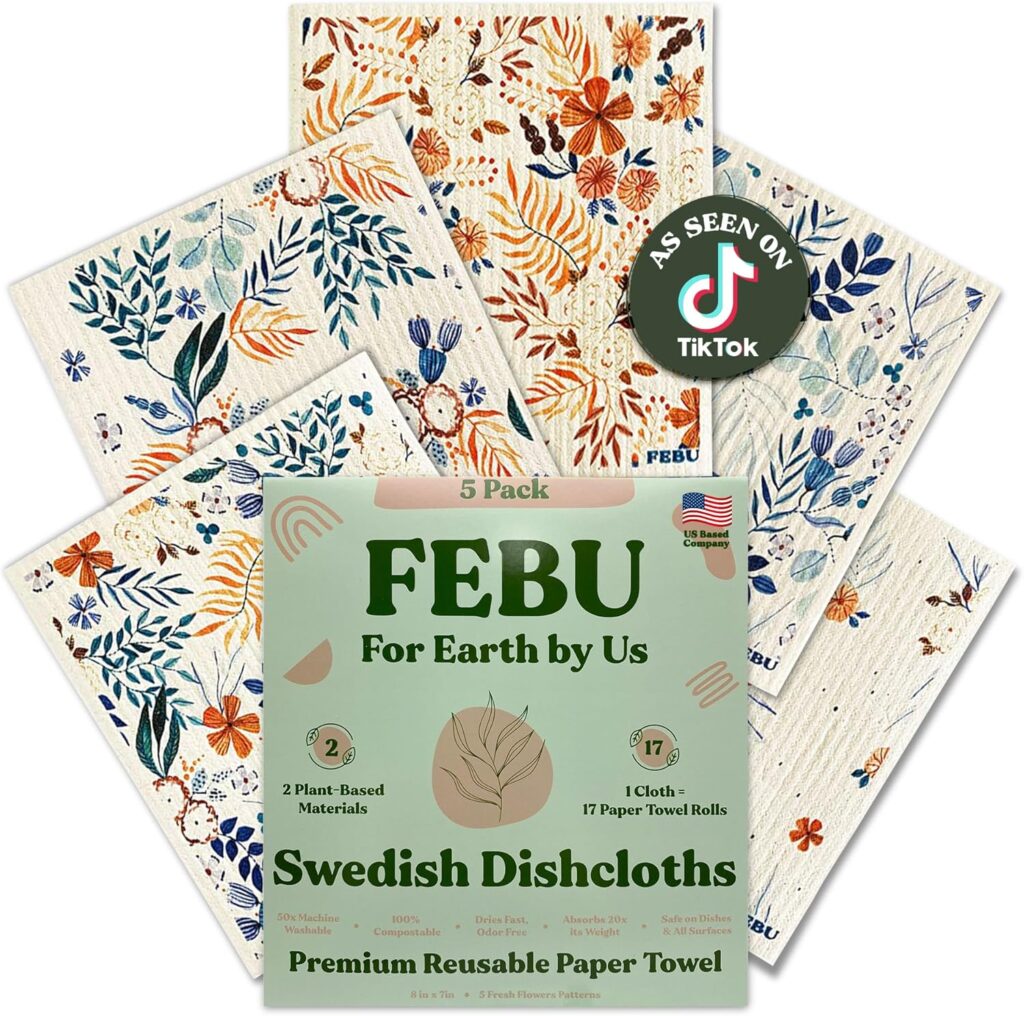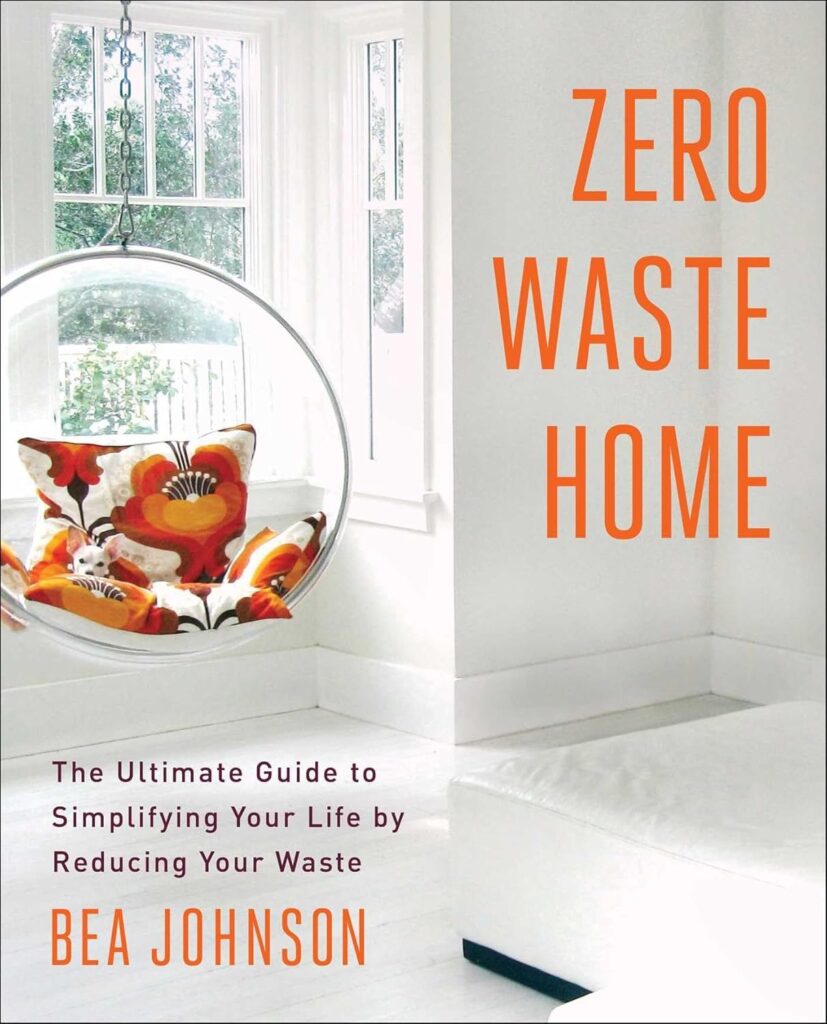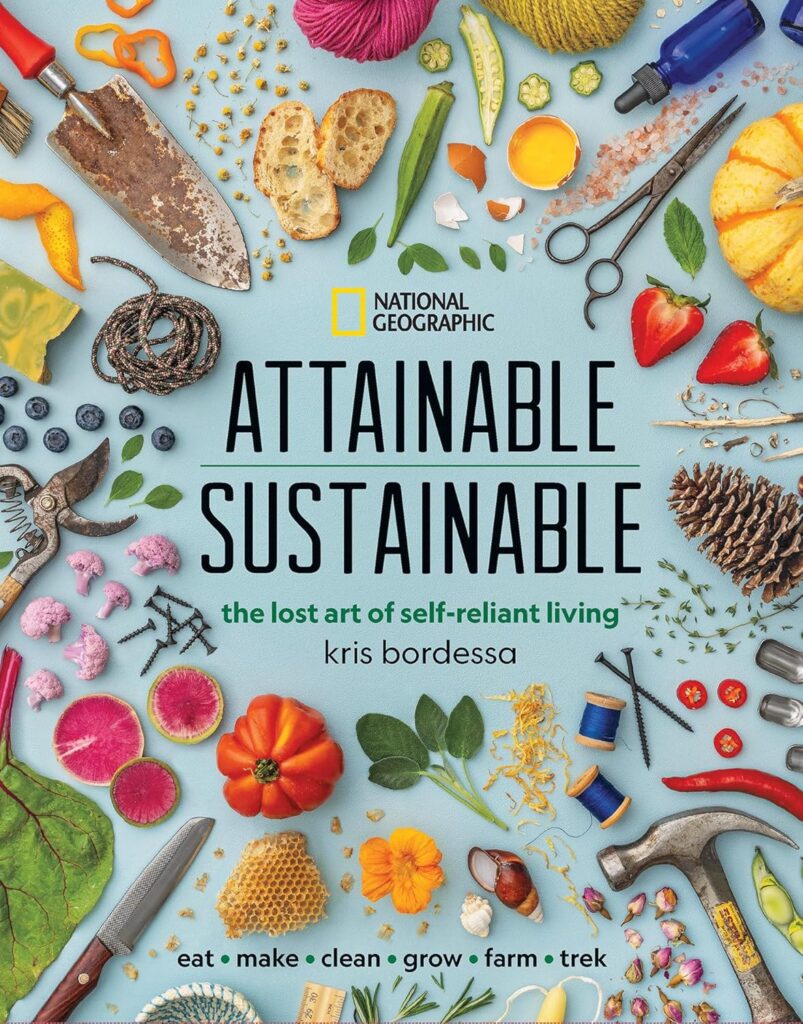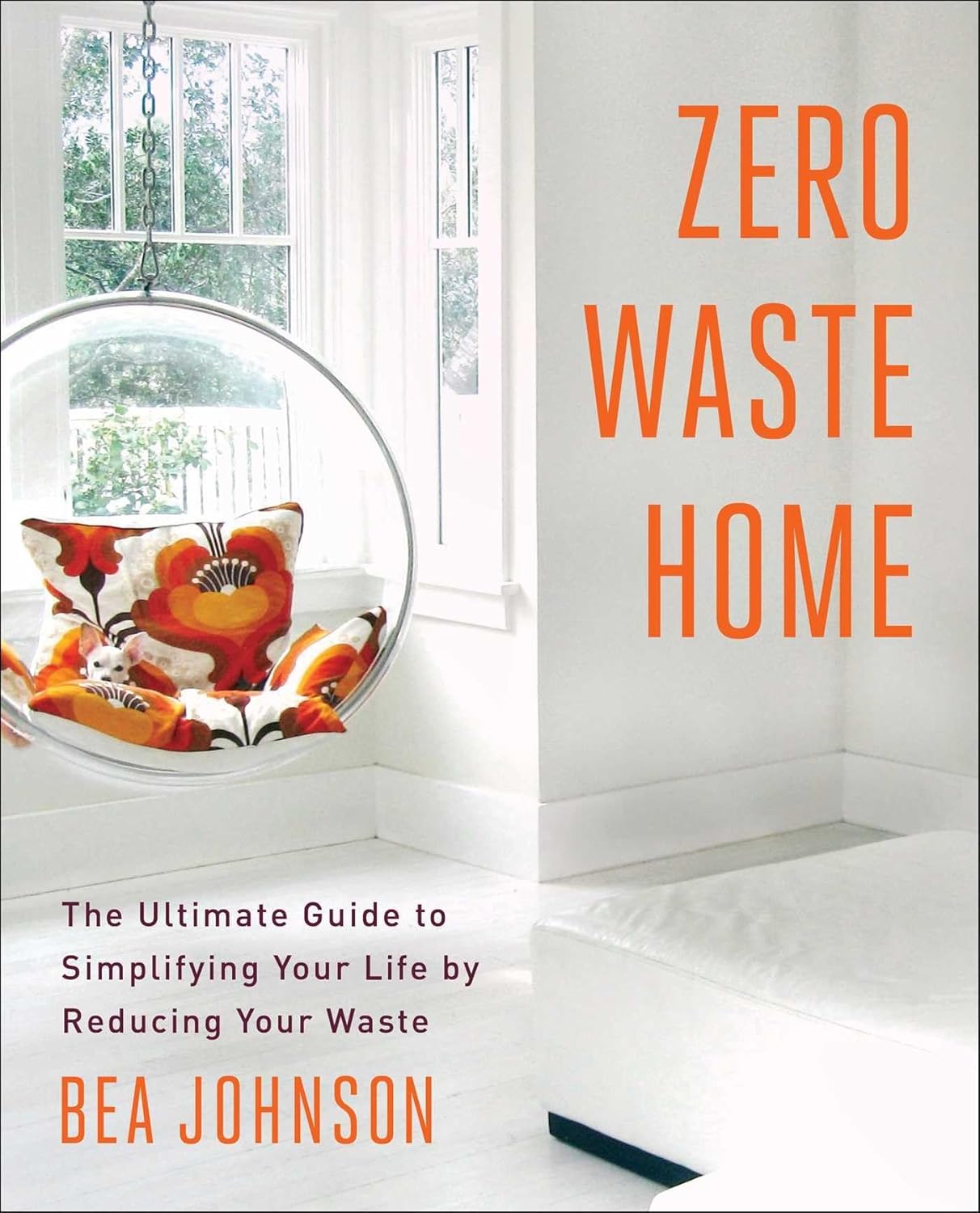If you’ve ever felt overwhelmed by the amount of trash your household produces, you’re not alone. From food packaging and plastic bags to broken electronics and old clothes, waste piles up fast. But here’s the good news: with a bit of planning and some habit shifts, you can dramatically reduce your household waste, even as a beginner.
Welcome to zero-waste living; a practical, empowering lifestyle that aims to keep as much waste out of landfills and the environment as possible. Contrary to what social media might suggest, it’s not about fitting a year’s trash into a mason jar. It’s about making intentional, sustainable choices that are good for you, your wallet, and the planet.
This beginner’s step-by-step guide will show you how to ease into zero-waste living at your own pace; no guilt, no perfection required.
Table of Contents
What Is Zero-Waste Living?
Zero-waste living is a philosophy and lifestyle that encourages the reduction, reuse, and responsible management of resources. The goal is to prevent waste from being sent to landfills, incinerators, or the ocean, and instead redesign our consumption habits to mimic nature, where nothing is wasted.
According to the Zero Waste International Alliance (ZWIA), zero waste means:
“The conservation of all resources by means of responsible production, consumption, reuse, and recovery of products, packaging, and materials without burning, and with no discharges to land, water, or air that threaten the environment or human health.” [ZWIA, 2022]
It sounds ambitious, but don’t worry; you don’t have to go from trash bag to zero overnight.
Why Zero Waste Matters (More Than Ever)
The world generates over 2 billion tons of solid waste annually, and that number is expected to grow to 3.4 billion tons by 2050 [World Bank, 2020].
Here’s why zero waste matters:
- Environmental protection: Landfills produce methane, a powerful greenhouse gas. Plastic waste pollutes oceans and harms wildlife.
- Climate change: Waste is a major source of emissions, especially food waste and plastics.
- Resource conservation: Zero waste encourages the circular use of materials, reducing the need for new raw resources.
- Cost savings: Less consumption = less spending.

Step-by-Step Guide to Starting a Zero-Waste Lifestyle
You don’t need to do it all at once. Think of zero waste as a journey, not a destination.
Step 1: Conduct a Trash Audit
Before you can reduce your waste, you need to know what you’re throwing away.
How to do a quick trash audit:
- Collect your household waste for a week.
- Sort it into categories: food scraps, packaging, plastics, glass, paper, etc.
- Identify the most common and avoidable waste items.
- Take notes and prioritize what to tackle first.
A trash audit helps you spot the low-hanging fruit like single-use plastics or food waste.
Step 2: Embrace the 5 R’s of Zero Waste
Popularized by zero-waste pioneer Bea Johnson, the 5 R’s offer a practical framework:
- Refuse what you don’t need (junk mail, freebies, plastic straws).
- Reduce what you do need (less packaging, fewer impulse buys).
- Reuse by choosing durable items and repurposing.
- Recycle only what you can’t refuse, reduce, or reuse.
- Rot (compost) organic waste like food scraps and yard trimmings.
Tip: Recycling is important, but it should be a last resort, not your first step.
Step 3: Ditch Single-Use Plastics
Plastic pollution is one of the most visible environmental challenges today. Fortunately, it’s also one of the easiest problems to begin solving.
Start by replacing these common items:
- Plastic water bottles → Refillable glass or stainless steel bottles
- Plastic bags → Cloth or jute tote bags
- Disposable cutlery → Reusable bamboo or metal sets
- Plastic wrap → Beeswax wraps or silicone lids
- Straws → Stainless steel or silicone straws
Many of these swaps are affordable and pay for themselves over time.
Step 4: Shop Smart and in Bulk
One of the biggest sources of waste is product packaging especially food packaging. You can drastically cut waste by changing how you shop.
Smart zero-waste shopping tips:
- Shop at local markets and bring your own containers or bags.
- Buy dry goods (grains, beans, nuts) in bulk if possible.
- Choose glass jars, tins, or compostable packaging.
- Support brands with minimal or recyclable packaging.
- Avoid impulse buying. Stick to what you need.
In Kenya and other developing countries, shopping at open-air markets or using local grocery stores often involves less packaging, a natural zero-waste advantage.
Step 5: Start Composting
Food waste makes up 30–50% of household waste in many parts of the world [UNEP, 2021]. Composting is one of the most powerful zero-waste tools at your disposal.
You can compost:
- Fruit and veggie scraps
- Coffee grounds and tea bags
- Eggshells
- Yard waste
How to start:
- Use a compost bin, compost pit, or worm bin (vermicomposting).
- Turn the pile every few weeks and keep it moist.
- In a few months, you’ll have nutrient rich compost for your garden.
No garden? See if your community has a compost drop-off or collection service.

Step 6: Switch to Reusables at Home
Many disposable items in our daily lives have reusable alternatives. Here’s a starter list to consider:
| Disposable | Reusable Alternative |
|---|---|
| Paper towels | Cloth rags or napkins |
| Cotton pads | Reusable makeup wipes |
| Plastic razors | Stainless steel safety razors |
| Menstrual pads/tampons | Menstrual cups |
| Takeaway containers | Stainless steel or glass lunch boxes |
Switching to reusables saves money and reduces landfill waste.
Step 7: Go Digital
Going zero waste isn’t just about physical stuff, it’s also about reducing digital clutter and paper use.
Easy digital swaps:
- Pay bills online
- Use e-tickets and e-receipts
- Read eBooks or borrow from the library
- Unsubscribe from junk mail and catalogs
- Use apps for note-taking instead of sticky notes
Going digital reduces paper waste, printing emissions, and clutter.
Step 8: Repair and Repurpose
A zero-waste mindset means valuing what you already own. Instead of tossing items, repair or repurpose them.
Repair culture is growing worldwide from fix-it cafes to online tutorials.
- Sew torn clothes or donate for reuse.
- Fix broken electronics instead of replacing them.
- Repurpose glass jars as storage containers.
- Use old T-shirts as cleaning rags.
The more creative you get, the less you waste.
Step 9: Recycle Responsibly
Recycling is essential, but it’s not a perfect solution. Most plastics can only be recycled once or twice, and improper recycling can contaminate entire batches.
Recycle smart:
- Clean and dry recyclables before tossing.
- Know your local recycling rules.
- Recycle batteries, electronics, and bulbs at special drop-off points.
- Don’t “wish-cycle” (i.e. tossing non-recyclables in hope they’ll get recycled).
In Kenya, E-waste recycling is supported by organizations like WEEE Centre. Always dispose of electronics, old phones, and appliances responsibly.

Step 10: Get Others Involved
Zero waste is easier and more impactful when shared with others.
- Talk to friends and family.
- Share your progress on social media.
- Support zero-waste businesses.
- Encourage schools, churches, and workplaces to reduce waste.
Change spreads fast when people see it in action.
Final Thoughts: You Don’t Need to Be Perfect
Zero-waste living isn’t about getting it right 100% of the time. It’s about being mindful, intentional, and consistent. Start small. Build habits. Celebrate progress, not perfection.
As Anne-Marie Bonneau, the Zero-Waste Chef, puts it:
“We don’t need a handful of people doing zero waste perfectly. We need millions doing it imperfectly.”
So pick one step. Start today. And watch how small actions create big change for your home, your community, and the planet.
References
- Zero Waste International Alliance (ZWIA), https://zwia.org
- World Bank. What a Waste 2.0, 2020
- United Nations Environment Programme (UNEP). Food Waste Index Report, 2021
- Bea Johnson. Zero Waste Home: The Ultimate Guide to Simplifying Your Life
- WEEE Centre, Kenya. E-waste Management and Recycling Services
- Environmental Protection Agency (EPA). Reduce, Reuse, Recycle Basics
- Zero Waste Chef. https://zerowastechef.com


